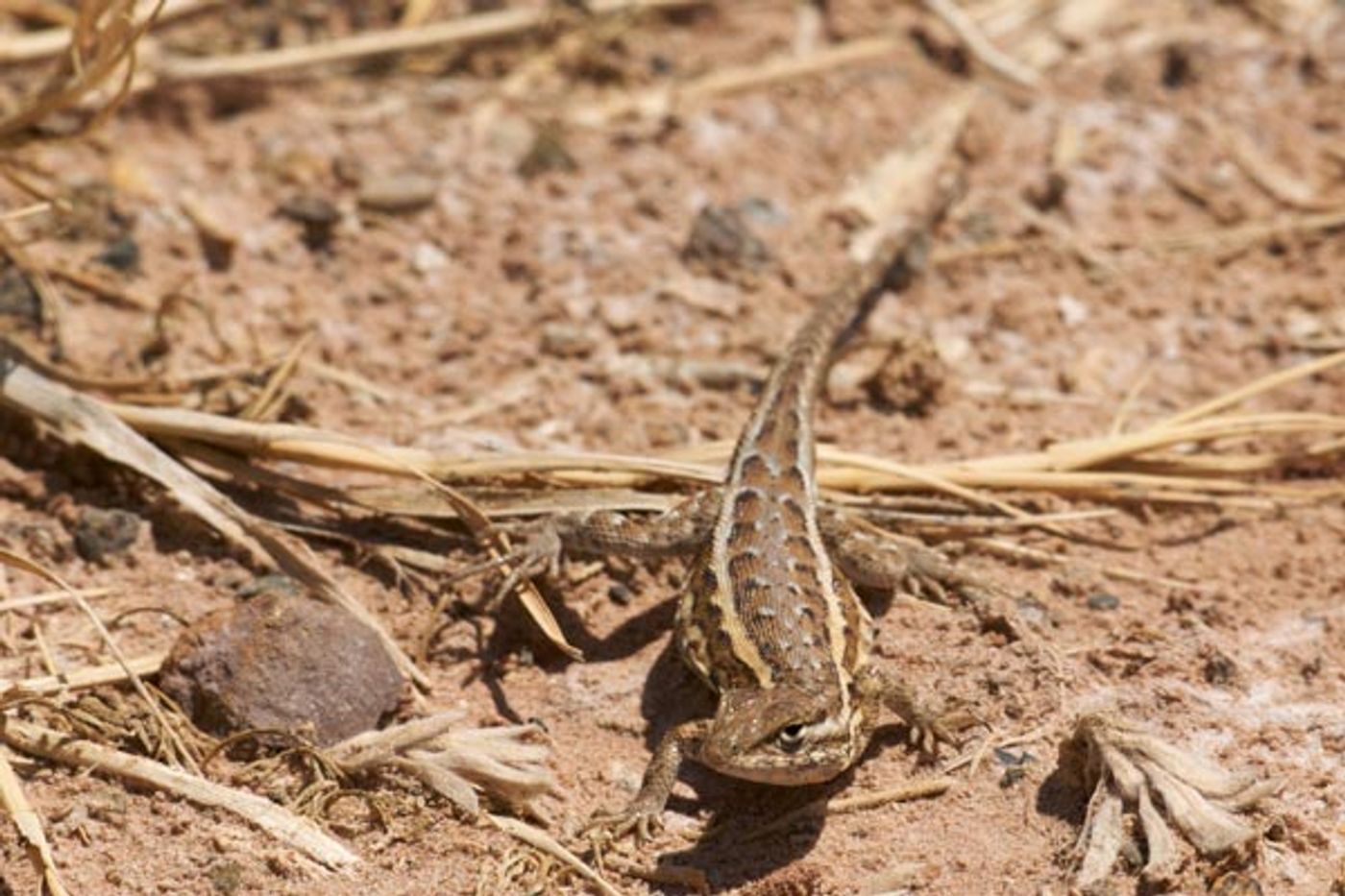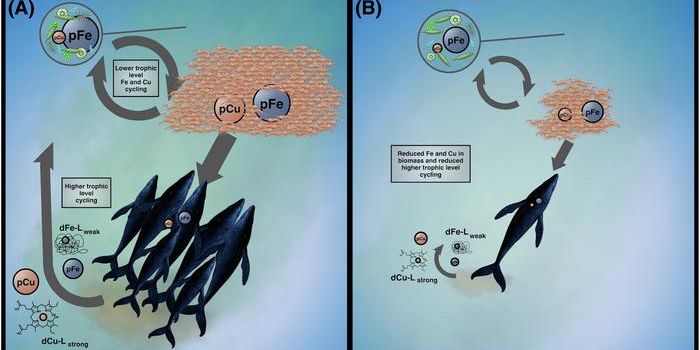Current Theories of Lizard Extinction via Global Warming Could be Way Off
There are tons of scientists who are reportedly convinced up to 40% of the world’s lizard species could go extinct by as early as 2080 because of the rapid warming of our planet.
These species can’t seem to adapt fast enough for global warming, and it’s an alarming truth to face. Of course, science wouldn’t be science if there weren’t always scientists challenging theories with their own, and a new study involving a species of spiny lizard from the New Mexico desert has done just that.

Published in the Proceedings of the National Academy of Sciences, scientists reportedly came up with another factor that would impact the truth of the theory behind the extinction of all these lizard species by 2080.
Using computer models, the scientists found that even when a region becomes hotter due to global warming, no temperature is going to be 100% constant throughout the habitat. In fact, there are fluctuations all around due to things like shade.
The research carried out in the New Mexico desert, which involved keeping a close eye on lizards’ bodily temperatures with special implanted sensors, showed that the reptiles are kings of regulating their own body temperature and are great at varying their body temperature by taking advantage of shady regions.
"This is a breakthrough paper," according to Raymond Huey, a professor emeritus of biology at the University of Washington. "Scientists studying climate warming will now be forced to evaluate the spatial distribution of sunny-shady patches, and not just compute the fraction of an area that is sunny or shady.
Although it might not seem like much, shade from other things in the environment, such as trees and rocks, can make or break the habitability of a specific area for an organism.
You’re probably very familiar with the feeling, as the shade under a nice tree at the park makes a spot feel so much cooler than when you’re sitting in direct sunlight, and it turns out that lizards could use the same methods to avoid life-threatening heat.
Of course, it’s possible that the extinction predictions may not be over-estimated, but perhaps even under-estimated. Mike Angilletta, a professor at Arizona State University and coauthor of the study explains why:
"The real fear is that previous research has underestimated the risk of extinction,"Angilletta said.
"Most models assume that an animal can be anywhere in its environment at any time, which doesn't account for how much energy an animal spends to regulate its temperature. Animals have to move and search for shade, which makes cooling down more difficult when patches of shade are far apart.”
Clearly scientists have a lot more work to do before they can make the bold claim that up to 40% of the world’s lizard species could go extinct by 2080.
Source: Phys.org








